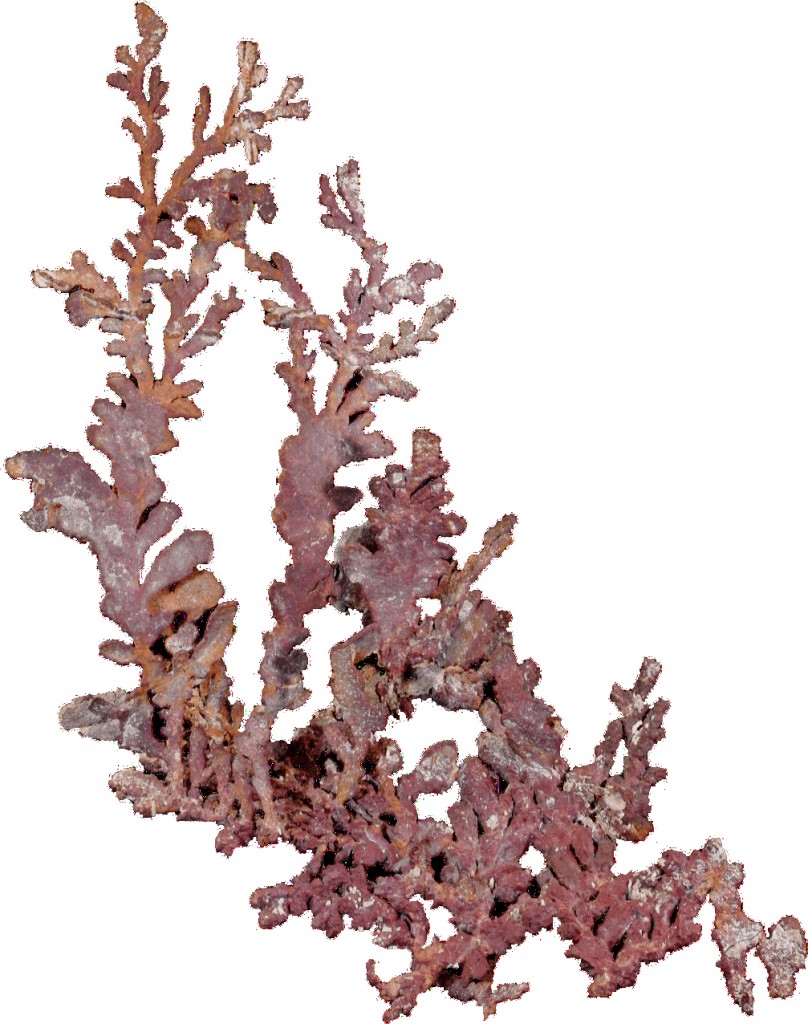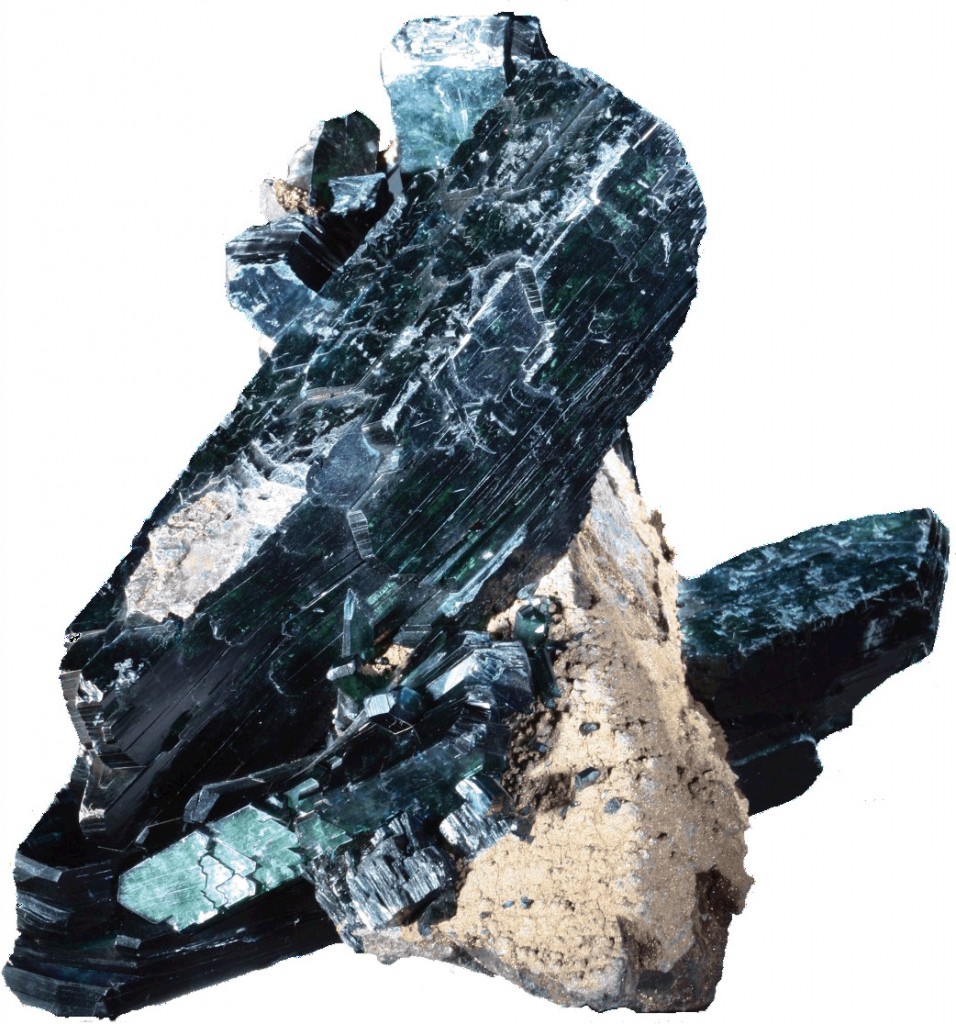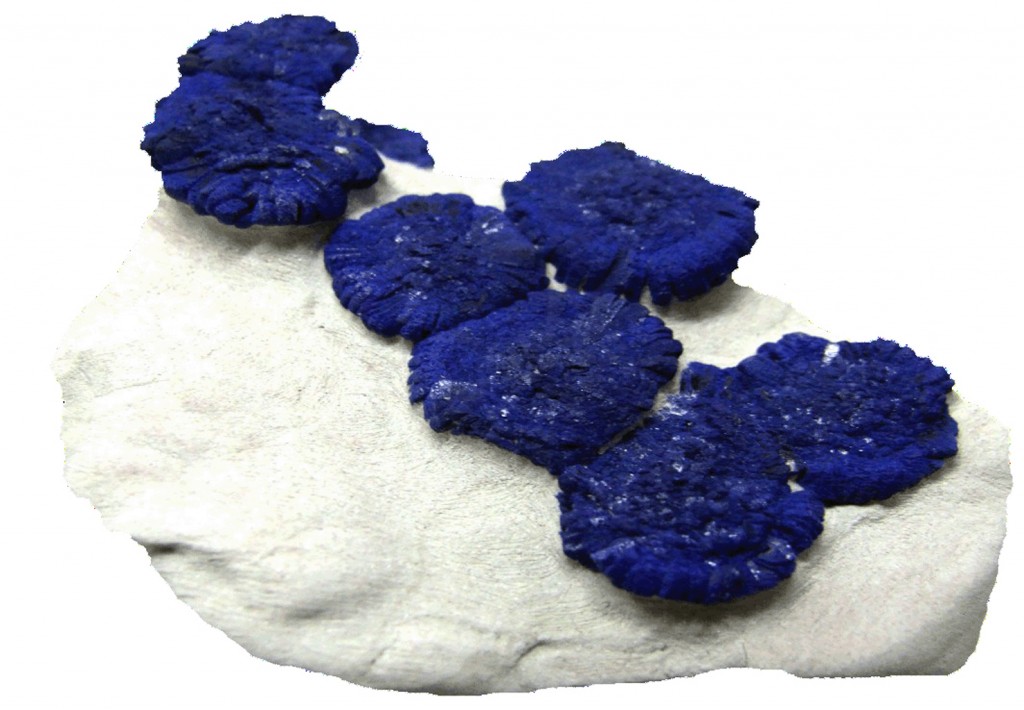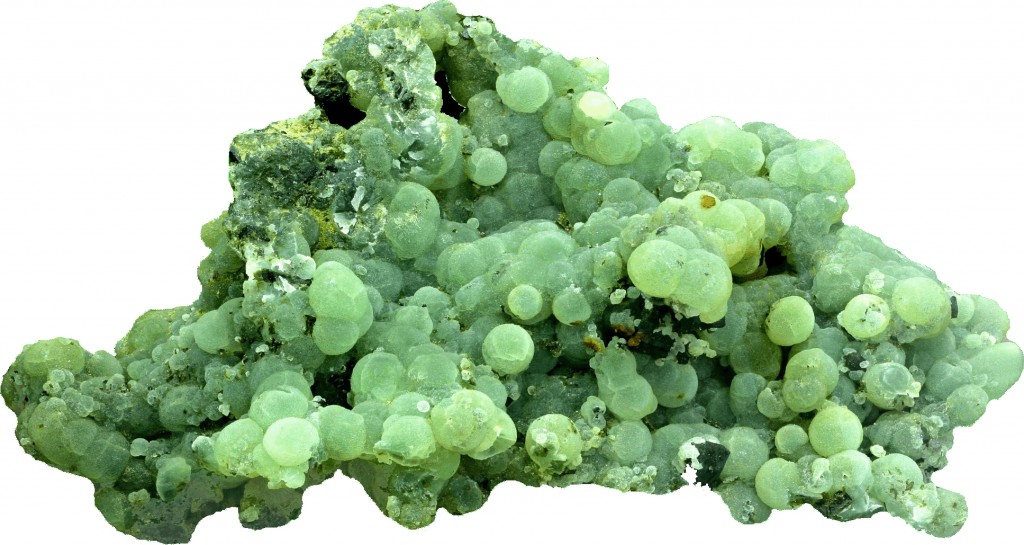The interest in minerals and rocks originated in ancient times and was closely related to the development of material culture of people. Minerals in nature are usually with irregular shape, in the form of grains with no crystal faces. Well-formed crystal individuals are quite rare.
Vivianite, Potosi – Bolivia
The chemical composition and crystal structure of minerals allow to delineate more than 4500 species. Each of them has a name often associated with its geographical origin or a prominent person, or distinctive physical and chemical properties.
Minerals of the Earth department keeps over 7300 mineral samples from all over the world. Some of them are displayed in the permanent exhibition, while the others are stored in repositories available for scientific research. The department is divided in two parts: Systematic Mineral Collection and Mineral Diversity of the Earth:
- The Systematic Mineral Collection has 1569 mineral species from 109 countries (as of January 2015). The collection contains a number of holotype minerals from different countries. These are the samples in which a mineral was identified for the first time. From Bulgaria we have balkanite, orpheite and vasilite; from Russia - tsaregorodtsevite (E107) feronordite, korobitsynite, ferotochilinite, keldishite, shomiokite, etc; from Mongolia - armstrongite, mongolite; from the US - holfertite; from Canada - lecoqite-(Y)
 Rhodochrosite, Uchucchacua, Peru
Rhodochrosite, Uchucchacua, Peru
- Mineral Diversity of the Earth presents minerals from type localities: hibonite, Andronia, Madagascar (E104); atakamite, Atacama, Chile (E106); ottrelite, Ottré, Belgium; idrialite, Idrija, Slovenia; buryatite, Solongo, Buryatia; Gjerdingenite, Gjerdingen, Norway; hodrushite, Hodrusha, Slovakia; nadorite, Nador, Algeria and many others.
Collections of rare minerals from the following deposits:
- Dara-i-Pioz - Tajikistan (sogdianite (E111) baratovite (E113) mizerite (E109) tadzhikite, heytmanite, turkestanite and others.
• Molinelo - Italy (gamagarite, marsturite, caryopilite, saneroite, tiragaloite etc.).
• Khibiny and Lovozero alkaline massifs, Cola Peninsula, Russia (terskite (E113) holtite (E111) murmanite (E112) kuliokite (E112) evdialite (E112); normandite, kalsilite, raite, zorite, narsarsukite, mountainite, serandite and many others.)
Minerals of the Earth exhibition provides an overview of the mineral kingdom diversity. Twenty-two showcases display widely spread minerals as well as such from unique localities. Some of them are extremely rare minerals with unusual combination of elements while others are of high aesthetic value.
 Native copper Dzhezkazgan (Zhezqazghan) Mine – Kazakhstan
Native copper Dzhezkazgan (Zhezqazghan) Mine – Kazakhstan
Samples of high aesthetic value are dendrites of native copper, Dzhezkazgan (Zhezqazghan) Mine - Kazakhstan (E101); pyrite, Navajun - Spain (E102); microcline (Amazonite), Konso, Ethiopia (E107); Prehnite, Kayes, Mali (E109); a collection of beryl varieties (E113); pyromorphite from Morocco and Bulgaria (E115); barite, Pöhla, Germany (E116); azurite - Morocco (E118).
Attractive minerals such as diamonds from the world's largest deposits (E101) in Sierra Leone, Guinea, Australia, Zaire; native silver from Macedonia, Czech Republic; a gold nugget - the largest piece found near Etropole, Bulgaria (E101).
Hydrotalcite, Rudnogorskoe, Russia
Giant crystals:
A fragment of a giant bismuth crystal (9.6 kg) from Mozambique (E101); Diaspore (17 cm) Milas, Turkey (E104); evdialite single crystal from Kola Peninsula (E111); hydrotalcite, Rudnogorskoe, Russia (E118);





